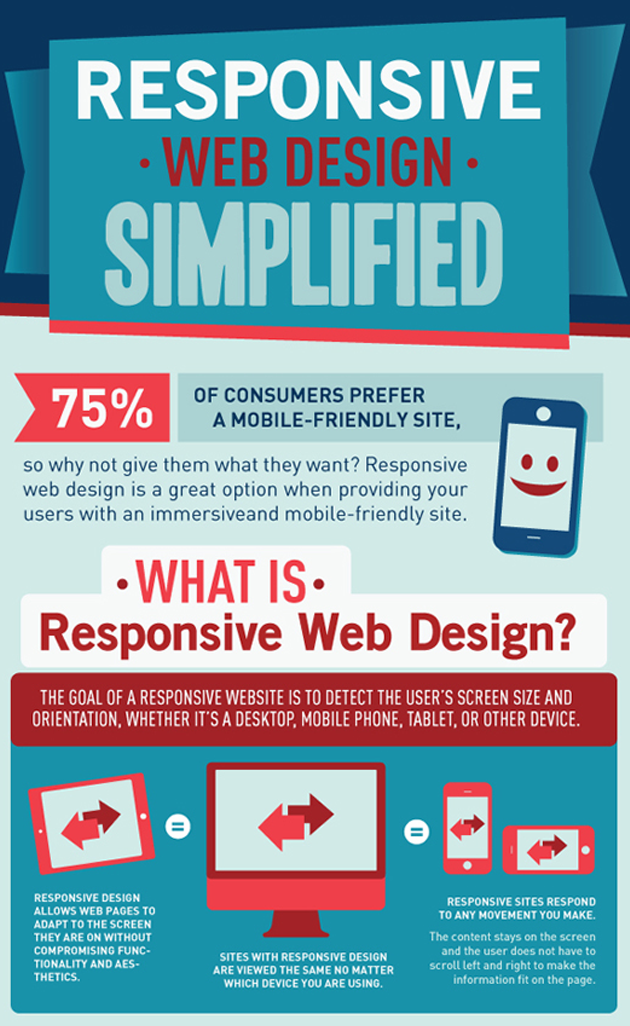Eager To Find Exactly How Internet Site Design Has Changed In Time? Dive Into The Evolution From Simplicity To User-Focused Experiences
Eager To Find Exactly How Internet Site Design Has Changed In Time? Dive Into The Evolution From Simplicity To User-Focused Experiences
Blog Article
Content Author-Johnsen Clarke
In the past, websites were basic and focused on information. Navigation was direct, and design was for desktops. Now, user experience is vital. Data overviews designs for simple navigation. Receptive designs fit various gadgets. Today, dark mode minimizes pressure, and minimal menus enhance navigation. Interactive features involve customers, and vibrant visuals stand out. https://www.google.com/maps/place/Moon+and+Owl+Marketing/@32.9757271,-106.5344695,1840583m/data=!3m1!1e3!4m6!3m5!1s0x864ddeaa4179705b:0x488d41d2cc6b9750!8m2!3d32.9757271!4d-97.5696258!16s%2Fg%2F11b6mpccrg?entry=ttu&g_ep=EgoyMDI1MDIxMS4wIKXMDSoJLDEwMjExNDUzSAFQAw%3D%3D increases involvement. See exactly how design has actually developed to boost your on the internet journey.
Early Days of Website Design
In the early days of web design, simpleness reigned supreme. Internet sites were basic, with limited shades, fonts, and formats. The emphasis was on giving information as opposed to flashy visuals. Individuals accessed the web through sluggish dial-up connections, so speed and capability were vital.
Navigation menus were straightforward, normally located at the top or side of the page. Internet sites were made for computer, as mobile surfing wasn't yet prevalent. Web content was king, and designers prioritized simple readability over intricate style components.
HTML was the main coding language used, and developers had to function within its restraints. Computer animations and interactive attributes were minimal contrasted to today's criteria. Web sites were static, with little dynamic web content or personalized individual experiences.
Rise of User-Focused Design
With the advancement of web site layout, a shift in the direction of user-focused style principles has become increasingly prominent. Today, creating web sites that prioritize individual experience is important for engaging site visitors and achieving business objectives. User-focused design involves comprehending the demands, choices, and actions of your target market to tailor the web site's design, material, and includes accordingly.
Developers now perform extensive research study, such as customer surveys and functionality testing, to gather insights and comments straight from users. This data-driven approach helps in producing intuitive navigation, clear calls-to-action, and visually attractive user interfaces that reverberate with site visitors. By placing the user at the center of the style process, sites can deliver an extra tailored and delightful experience.
Receptive layout has actually likewise emerged as a crucial facet of user-focused style, making sure that websites are enhanced for various devices and screen dimensions. This flexibility enhances ease of access and functionality, dealing with the varied methods customers connect with websites today. In essence, the surge of user-focused layout indicates a change towards developing electronic experiences that prioritize the needs and assumptions of the end customer.
Modern Trends in Web Design
Check out the current fads shaping website design today. One noticeable pattern is dark setting style, providing a sleek and contemporary appearance while lowering eye pressure in low-light atmospheres. Another essential fad is minimalist navigation, streamlining food selections and improving customer experience by concentrating on essential elements. Integrating micro-interactions, such as computer animated switches or scrolling effects, can develop an extra interesting and interactive internet site. Responsive style stays vital, making certain smooth user experiences across numerous tools. Additionally, utilizing vibrant typography and unbalanced layouts can add visual passion and draw attention to details material.
Incorporating AI innovation, like chatbots for consumer support or individualized referrals, boosts individual interaction and enhances processes. Accessibility has also come to be a considerable pattern, with developers prioritizing comprehensive design techniques to deal with varied customer requirements. Accepting sustainability by enhancing internet site efficiency for speed and effectiveness is another emerging trend in website design. Collaborating with customer feedback and information analytics to repeat and boost design continually is crucial for remaining appropriate in the ever-evolving digital landscape. By embracing these modern trends, you can create a visually attractive, straightforward site that reverberates with your target market.
Conclusion
As you review the development of website design from the early days to currently, you can see how user-focused design has become the driving pressure behind modern trends.
Embrace the journey of adjustment and adjustment in web design, constantly maintaining the customer experience at the forefront.
Keep existing with the most up to date patterns and modern technologies, and never stop advancing your strategy to create aesthetically sensational and user-friendly sites.
Advance, adjust, and produce - the future of web design is in your hands.
